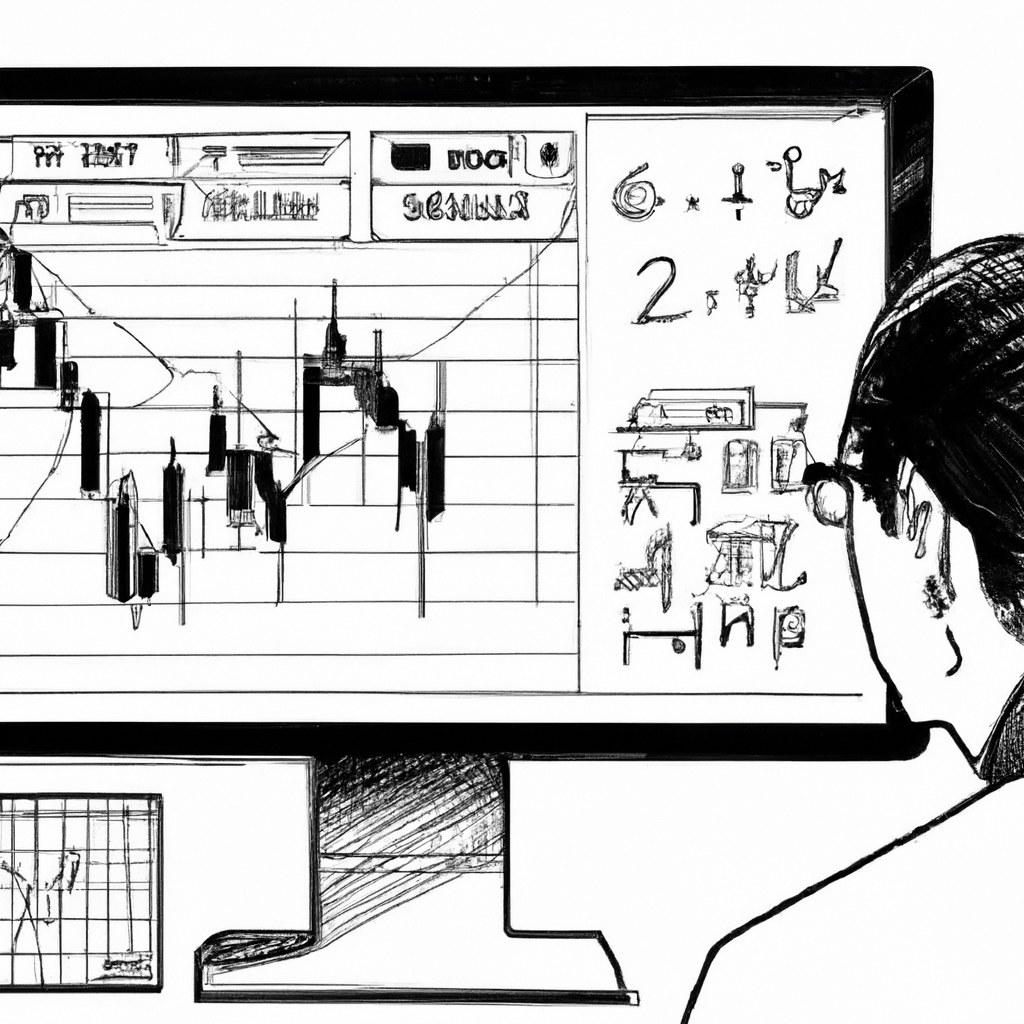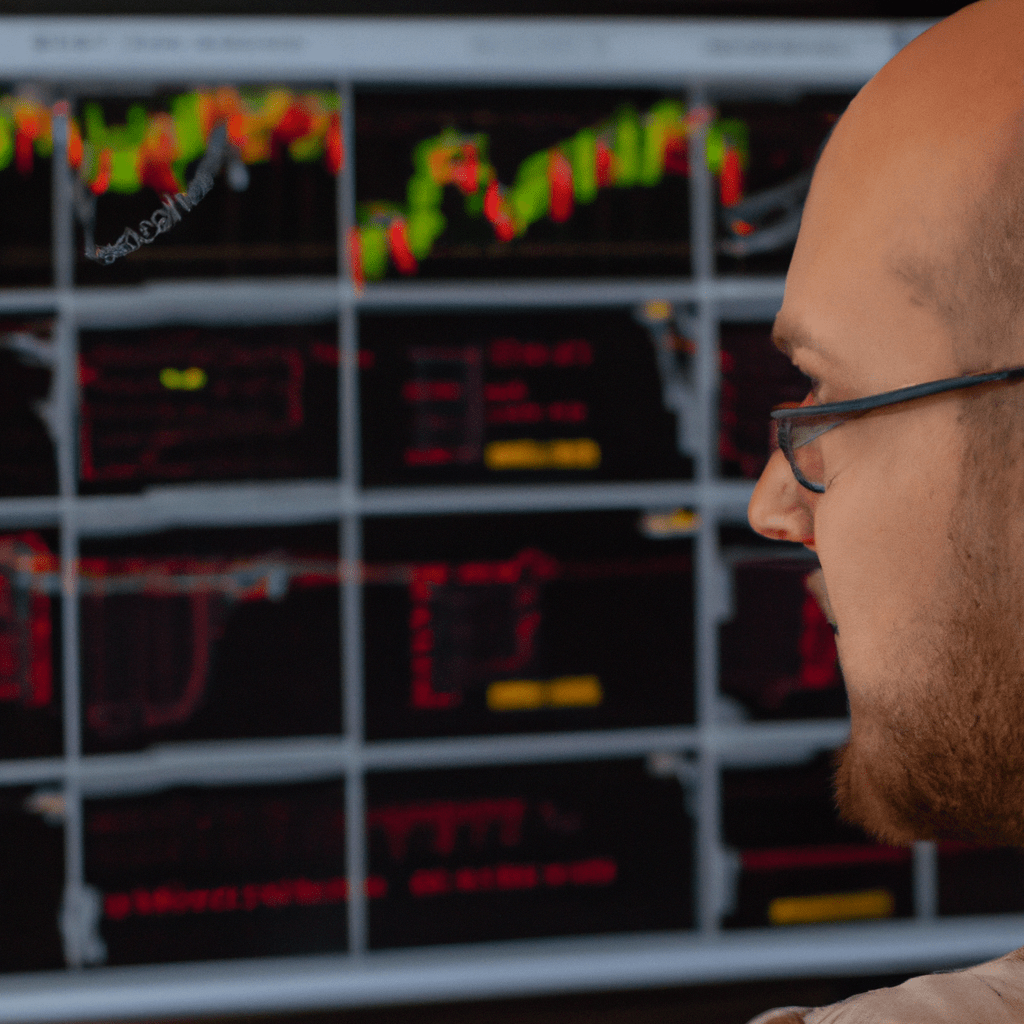This section explains the basics of forex trading, including currency pairs, market analysis tools, and the impact of technology. It also emphasizes the importance of understanding the market, setting financial goals, and developing a trading strategy. Additionally, it explores the benefits of using FX signals in forex trading, such as providing insights and minimizing risks.
Foreign exchange, commonly referred to as forex, is a global decentralized market where currencies are traded. It is one of the largest and most liquid financial markets in the world, with trillions of dollars being exchanged daily. Forex trading offers individuals and institutions the opportunity to profit from fluctuations in currency values. In this comprehensive guide, we will delve into the basics of foreign exchange, providing you with a solid understanding of how forex trading works. We will then unveil the secrets of navigating the foreign exchange market, equipping you with the knowledge and strategies needed to succeed. Finally, we will explore the concept of FX signals and how they can be used to maximize profits in forex trading. Whether you are a beginner looking to enter the world of forex trading or an experienced trader seeking to enhance your skills, this article will provide valuable insights into the world of foreign exchange. So, let's dive in and unlock the potential of forex trading.
1. “Understanding the Basics of Foreign Exchange: A Comprehensive Guide to Forex Trading”

Understanding the Basics of Foreign Exchange: A Comprehensive Guide to Forex Trading
Foreign exchange, often referred to as forex or FX, is the decentralized global market where currencies are traded. It is the largest and most liquid financial market in the world, with average daily trading volumes in excess of $6 trillion. Forex trading involves buying one currency while simultaneously selling another, with the aim of profiting from the fluctuations in exchange rates.
Forex trading offers individuals and institutions an opportunity to participate in the global economy and profit from currency movements. It is open 24 hours a day, five days a week, allowing traders from around the world to engage in transactions at any time. This accessibility, combined with high liquidity, makes forex an attractive market for both small retail traders and large financial institutions.
To engage in forex trading, one must first understand the basics of the foreign exchange market. The primary participants in forex trading include individuals, corporations, central banks, and institutional investors. These participants trade currencies for various reasons, such as international trade, tourism, investment, and speculation.
Currencies are always traded in pairs, with one currency being bought while the other is sold. The exchange rate between two currencies represents the value of one currency relative to another. For example, the EUR/USD pair represents the exchange rate between the Euro and the US Dollar. If a trader believes the Euro will strengthen against the Dollar, they would buy the EUR/USD pair, and if their prediction is correct, they would make a profit.
Forex traders use various tools and strategies to analyze the market and make informed trading decisions. Fundamental analysis involves evaluating economic indicators, such as GDP growth, inflation rates, and interest rates, to assess the strength of a currency. Technical analysis, on the other hand, involves studying historical price data and using chart patterns and indicators to predict future price movements.
In recent years, the advent of technology has revolutionized forex trading. Online trading platforms and mobile applications have made it easier for individuals to participate in the market from the comfort of their homes or on the go. Additionally, the availability of forex signals, generated by experienced traders or specialized software, has become a popular tool for traders looking for potential trading opportunities.
It is important to note that forex trading carries a certain level of risk, and it is essential for traders to have a solid understanding of the market before engaging in trading activities. Traders should carefully consider their financial goals, risk tolerance, and trading strategy before entering the foreign exchange market.
In conclusion, understanding the basics of foreign exchange is crucial for anyone interested in forex trading. It is a dynamic and fast-paced market that offers numerous opportunities for profit, but also carries inherent risks. By familiarizing themselves with the fundamental concepts and tools of forex trading, individuals can navigate the foreign exchange market with confidence and potentially achieve their financial goals.
2. “Unveiling the Secrets of Forex Trading: How to Navigate the Foreign Exchange Market”

Forex trading, also known as foreign exchange trading, is the buying and selling of currencies in the global market. With an average daily trading volume of over $6 trillion, the foreign exchange market is the largest and most liquid financial market in the world. However, navigating this vast market can be challenging for beginners. In this section, we will unveil some secrets of forex trading to help you navigate the foreign exchange market successfully.
Firstly, it is crucial to understand the basics of forex trading. The forex market operates 24 hours a day, five days a week, allowing traders to participate from anywhere in the world. Currency pairs are traded, with the exchange rate indicating how much of one currency is required to buy another. For example, in the EUR/USD currency pair, the euro is the base currency, and the US dollar is the quote currency.
To navigate the forex market effectively, it is essential to develop a trading strategy. This involves determining your risk tolerance, setting profit targets, and deciding on entry and exit points. A well-defined strategy helps traders make informed decisions and reduces the impact of emotions on their trading.
Additionally, staying updated on market news and economic indicators is crucial in forex trading. Major economic events, such as interest rate decisions, GDP releases, and employment reports, can significantly impact currency values. By keeping an eye on these factors, traders can anticipate market movements and adjust their trading strategies accordingly.
Furthermore, technical analysis plays a vital role in forex trading. Traders use various tools and indicators to analyze price charts and identify trends, support and resistance levels, and potential entry and exit points. Utilizing technical analysis alongside fundamental analysis provides a comprehensive understanding of the market and enhances trading decisions.
While forex trading can be profitable, it also carries risks. It is crucial to manage risk effectively by implementing proper risk management techniques. This includes setting stop-loss orders to limit potential losses and not risking more than a certain percentage of your trading capital on any single trade.
Finally, leveraging technological advancements can greatly enhance your forex trading experience. Automated trading systems and forex trading platforms provide real-time market data, advanced charting tools, and even the ability to copy successful traders' strategies. Additionally, subscribing to FX signals, which are trade recommendations from experienced traders or signal providers, can provide valuable insights and improve trading outcomes.
In conclusion, forex trading is a complex yet rewarding endeavor. By understanding the basics, developing a trading strategy, staying informed, utilizing technical analysis, managing risk, and leveraging technological advancements, you can navigate the foreign exchange market successfully. Remember to stay disciplined, continuously educate yourself, and adapt to market conditions to increase your chances of success in forex trading.
3. “Maximizing Profits with FX Signals: Unlocking the Potential of Forex Trading”

Maximizing Profits with FX Signals: Unlocking the Potential of Forex Trading
Forex trading, also known as foreign exchange trading, has gained immense popularity in recent years due to its potential for generating significant profits. However, successfully navigating the forex market requires a deep understanding of market trends, economic indicators, and the ability to make informed decisions. This is where FX signals come into play as a valuable tool for traders to maximize their profits and minimize risks.
FX signals, or forex signals, are indicators or notifications that provide traders with crucial information about potential trading opportunities. These signals are typically generated by experienced traders or specialized software algorithms that analyze market data, technical indicators, and economic news. By subscribing to a reliable FX signals service, traders can gain access to real-time information and expert insights, enabling them to make more informed trading decisions.
One of the key advantages of utilizing FX signals is the ability to unlock the potential of forex trading even for those who may lack extensive experience or technical knowledge. These signals act as a guiding light, helping traders identify favorable entry and exit points, as well as providing valuable insights into market trends and potential price movements. By following these signals, traders can make informed decisions without the need for extensive research or analysis, saving valuable time and effort.
Moreover, FX signals can be particularly beneficial for individuals with limited availability to actively monitor the forex market. With the fast-paced nature of forex trading, missing out on profitable opportunities can be a common challenge. By relying on signals, traders can receive timely notifications about potential trades, even when they are not actively monitoring the market. This can be especially advantageous for part-time traders or those with other commitments, as it allows them to engage in forex trading without constantly being glued to their screens.
Another significant advantage of using FX signals is the potential to minimize risks and increase profitability. These signals often come with recommended stop-loss levels and take-profit targets, providing traders with clear risk management guidelines. By following these recommendations, traders can limit their potential losses and secure profits at favorable levels. Additionally, as the signals are based on comprehensive market analysis, they can help traders avoid impulsive trading decisions driven by emotions, which often lead to poor outcomes.
In conclusion, FX signals play a vital role in maximizing profits and unlocking the potential of forex trading. By subscribing to a reliable signals service, traders can access real-time information, expert insights, and valuable trade recommendations. This allows traders to make more informed decisions, save time on research, and minimize risks. Whether you are a beginner or an experienced trader, incorporating FX signals into your forex trading strategy can significantly enhance your trading performance and overall profitability.





